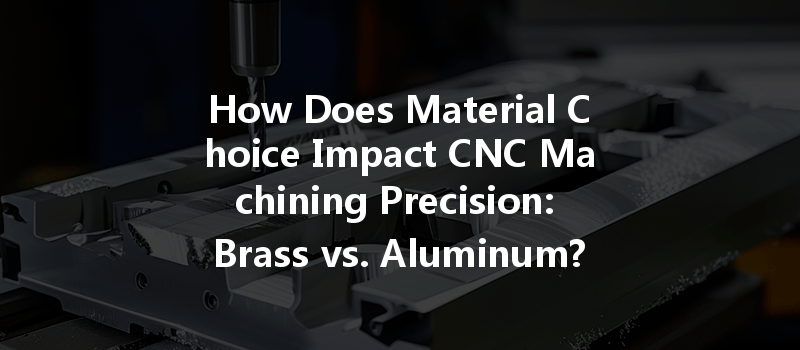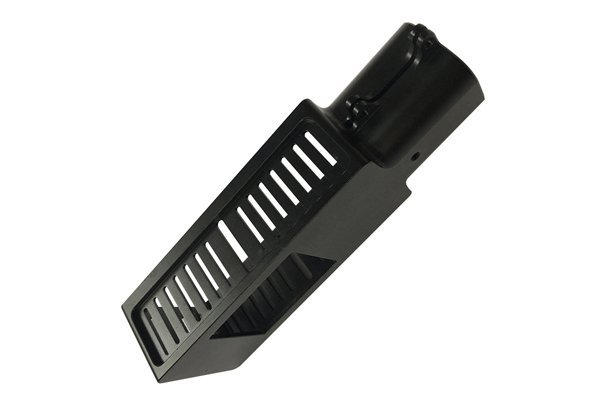When it comes to CNC machining, the selection of materials plays a pivotal role in determining the quality, precision, and overall success of the end product. As businesses and manufacturers strive to balance performance, cost, and manufacturability, two prominent materials often come up for consideration: brass and aluminum. With unique properties, advantages, and limitations, understanding the impact of material choice on CNC machining precision is essential for engineers, designers, and manufacturers alike.
At YL Machining, we pride ourselves on offering insights that not only enhance your understanding of CNC machining but also guide you toward making informed material decisions that can significantly affect your project’s success. In this extensive article, we will delve deep into brass and aluminum, exploring their characteristics, advantages, machining processes, and how each material affects precision in CNC machining.
Chapter 1: Understanding Brass and Aluminum
Before we explore the specific implications of material choice, it’s crucial to understand what brass and aluminum are, their typical uses, and the underlying properties that make them suitable for CNC machining.
1.1 What is Brass?
Brass is an alloy primarily composed of copper and zinc, with copper making up about 55% to 95% of the total composition. It also may include small amounts of other metals such as lead, tin, or aluminum, which can enhance specific properties.
Properties of Brass:
1.2 What is Aluminum?
Aluminum is a lightweight metal known for its favorable strength-to-weight ratio. It is often alloyed with other elements such as copper, magnesium, and silicon to enhance its properties.
Properties of Aluminum:
Chapter 2: CNC Machining Processes for Brass and Aluminum
2.1 CNC Machining Overview
Computer Numerical Control (CNC) machining employs computer software to control machine tools like lathes, mills, and routers to achieve high precision in manufacturing parts. CNC machining is essential for producing complex geometries and high-quality finishes.
2.2 CNC Machining Brass
When machining brass, various factors such as cutting speed, tooling, and coolant usage are vital. Due to brass’s excellent machinability, operators can achieve high levels of precision.
Key Factors:
2.3 CNC Machining Aluminum
Machining aluminum requires careful handling due to its softer nature compared to brass. Deformation and burr formation can be common challenges.
Key Factors:
Chapter 3: Precision Implications of Material Choice
The precision achieved in CNC machining is significantly influenced by the selected material. High precision in machining is often quantified in terms of tolerance, geometric accuracy, and surface finish.
3.1 Tolerance and Geometric Accuracy
When considering tolerance, understanding the material’s response to machining forces is essential.

However, various aluminum alloys can improve these properties, making them suitable for specific applications that demand tight tolerances such as aerospace components.
3.2 Surface Finish
Surface finish plays a critical role in the performance of machined parts.
Chapter 4: Advantages and Limitations of Brass and Aluminum in CNC Machining
4.1 Brass
Advantages:
Limitations:
4.2 Aluminum
Advantages:
Limitations:
Chapter 5: When to Choose Brass vs. Aluminum
The decision to choose brass or aluminum for your CNC machining project boils down to an evaluation of factors such as the intended application, structural requirements, budget constraints, and aesthetic considerations.
5.1 Application Considerations
5.2 Structural Requirements
Mechanical strength and weight considerations should guide material choice. For high-stress applications, brass may be the better option, while aluminum will excel in lightweight contexts.
Chapter 6: The Role of YL Machining in Material Selection and CNC Machining
At YL Machining, our expertise extends beyond machining processes to encompass strategic material selection. Our team possesses in-depth knowledge about the performance characteristics of various materials, helping clients achieve optimal results for their projects.
6.1 Expert Consultation
We offer tailored consultation services to help you evaluate your specific needs and recommend the most suitable material for your CNC machining project. Whether brass, aluminum, or any other material, we guide you through the selection process step-by-step.
6.2 Commitment to Precision
We utilize state-of-the-art CNC machining technology and have an experienced team dedicated to achieving and maintaining high precision in machining. Our approach combines meticulous planning, advanced tooling, and thorough inspection to ensure that every part we produce meets the highest standards of quality.
In the world of CNC machining, understanding the implications of material choice is paramount for achieving precision and quality. Brass and aluminum each have unique properties that dictate their suitability for different applications and machining processes. At YL Machining, we are committed to leveraging our expertise, technology, and dedication to excellence to provide you with the finest machining solutions tailored to your needs. When in doubt about which material to choose, remember that consulting with industry professionals can yield substantial benefits, ultimately leading to a successful project outcome. Thank you for reading, and we look forward to supporting your CNC machining endeavors!






